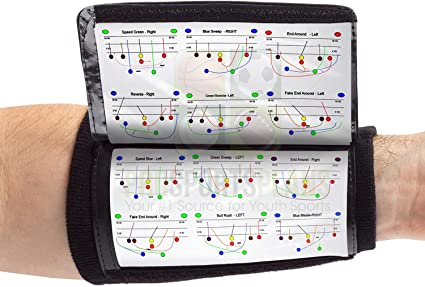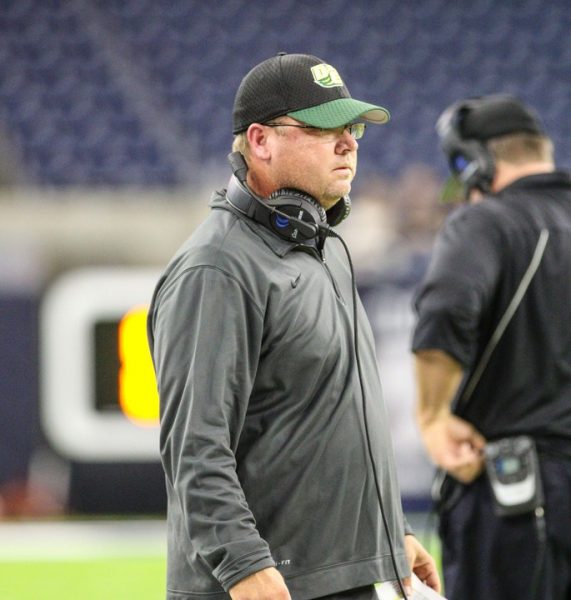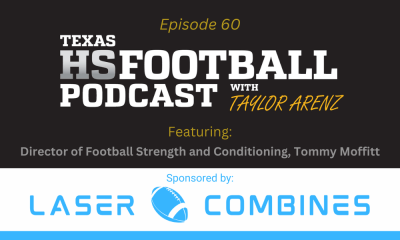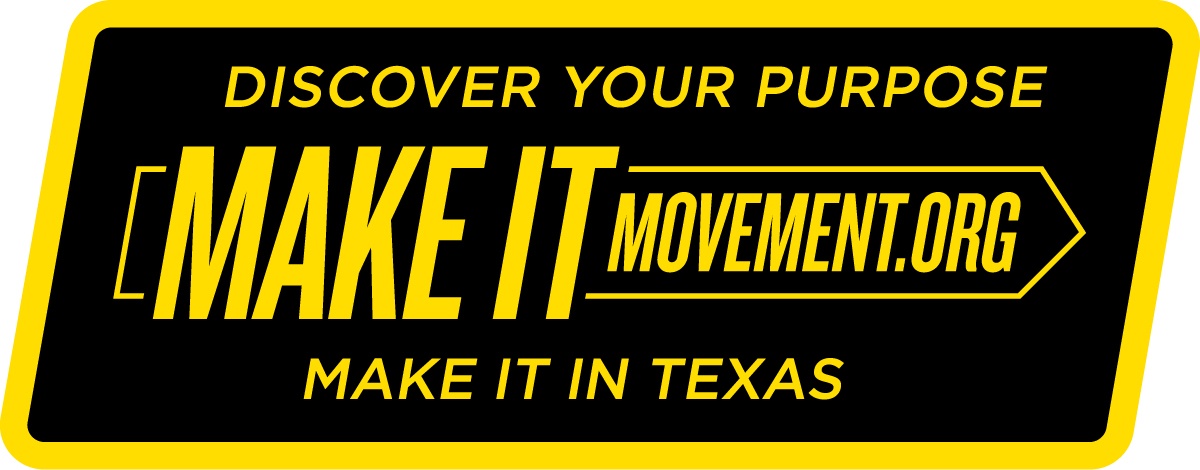
If you have watched an NFL or almost any college football game you have surely seen a coach holding a giant laminated sheet walking the sidelines or sitting in a press box as the TV cuts to those coaches that sit up high for a better view of the field. For those of you that don’t know, those are the Offensive Coordinators play call sheets. Most are very large (see any NFL OC during a game), and a few are very small (see Mike Leach). Is there a correlation to how big the play call sheet is and offensive success? The short answer is no (see Mike Leach again).
Typically, the size of a play call sheet will be based on three things:
1.) How complex the offensive playbook is
2.) How “wordy” the play calls are or play call verbiage
3.) How many different scenarios have been looked at that week to determine when and where to run which offensive play, or
Playbook Complexity
Let’s start with the complexity of the playbook. There are generally two trains of thought on this. The first, keep the offense as simple as possible in terms of number of plays. This allows a player to not have to think so much and will allow them to play faster. The second thought is
that the more complex the better as there is never a situation that will come up that they won’t have an answer for play wise.
Play Call Verbiage
The length of the play call is another important component related to the simple vs. complex train of thought. There are those that will use only one or two words to give the formation and play with each player knowing what they must do based off of that one word (Ex. North Cross).

December 10, 2016 – DeSoto head coach Todd Peterman looks on at his team during the state 6A Div. II semi-final playoff game between DeSoto and Klein Collins at NRG Stadium in Houston, Texas. Klein Collins leads at the half 28-14. (Image Credit: John Glaser)
On the other hand, there are those coaches that will use many words or descriptors to tell each player what they have within the play call. Therefore, a play call could be potentially eight to nine words (Ex. Gun B Right Twins “Z Mo” 967 Y Stick).
Game Situation Scenarios
So now let’s talk about what is typically on a play call sheet. Most are in-game scenarios and situations, which I will explain below with many examples. Coaches will have all or some of the following “categories” on their call sheet with anywhere from two to eight plays for each: Plays by Down and distance, field position, favorite plays, etc.
Down and Distance Situations
1st & 10: This is typically the longest list of plays as this will be the situation a coach will be in the most.
1st & Long and 1st & Short: For those penalty situations.
2nd & Long: Typically for eight yards or more situations.
2nd & Medium: Four to seven yard situations.
2nd & Short: Three yards or less.
3rd & Long: Eight yards or more, this situation usually has different plays than the 2nd & Long list because you will have two plays to get the first on a 2nd down situation.
3rd & Medium: Four to seven yard situations.
3rd & Short: Three yards or less. Depending on whether you’re in four down territory or not will dictate which play will be called.
NOTE: 3rd down situations usually need to have some blitz beater plays on the list
4th Down: An offense will usually be in a short yardage situation if they are going for it on 4th down.
Field Zone Situations
COE: (Coming Out of the End zone) For those times when you take over the ball with your backs to the opponents’ goal line. Usually more conservative plays are on this list.
Red Zone: This is usually the area of the field located on the 25 to 20-yard line going in (Red Zone is wherever the defense changes their usual philosophy).
Goal Line/Short Yardage: The five-yard line going in to the goal line. Short yardage is also sometimes grouped into the category as the plays are probably going to be the same.
Player Touches
All Offensive Coordinators have a spot on their call sheet reserved for their top two or three players. This is where the coach lists the plays where that particular player should be getting the ball. It is important that a good offensive coordinator makes sure that their top players are getting a certain amount of “touches” a game.
Quarterback Plays
Another staple of an offensive coordinators call sheet is a list of their starting Quarterbacks and usually their back-ups favorite plays. These should be the plays the QB likes the best and that he knows the best (confidence is a very important component, especially for a QB).

Klein Collins Head Coach Drew Svobada contemplates his next move against Katy during a timeout late in the game. (Photo by John Glaser)
Somewhere near this category on a call sheet should be a list of 5-10 plays that your third string QB can run if the situation should arise. These are usually bad situations to be in for an offense but one that should be prepared for nonetheless.
Gadgets, Specials, Etc.
Trick plays, “Home Run” shots, special personnel groupings, etc. should all have their own list. It wouldn’t hurt to also have a list of motions, cadences, and tempos just in case. There is nothing worse for an Offensive Coordinator than to remember after a game about something that he had forgotten about during that could have helped.
Sometimes the most important category on a call sheet is the one that lists the plays to run when a defense starts blitzing you (Blitz Beaters). If you don’t have an answer for that it will be a very long game.
Having a list of (2 Minute Plays), or plays to be called when you’re trying to move fast to get a quick score are vital. These are typically plays that can be thrown quickly and gets the ball out of bounds so as to stop the clock from running.
Plays by Formations and Personnel Groups
Usually the flip side of the call sheet has a list of all the plays the offensive coordinator has going into a game broken down by formation. This makes it easier to read when you have a situation where the defense is struggling to line up vs. certain formations.
Breaking down the list of plays under each formation by run, pass, quick game pass, play action, and screens makes it much easier to read when in a hurry.
Miscellaneous
A few miscellaneous items that most offensive coaches have on a play sheet is a spread sheet of when to go for 1 or 2 points after a score. Also, a time management spread sheet based off of time and how many time outs the other team has for “end of game” strategy is very beneficial.
As mentioned earlier, all or some of these categories along with a few categories that may not have even been mentioned here are all included in a play call sheet. It can be as complicated or simple as a coach wants. The bottom line is it better have everything a coach may need to call the best game he possibly can.
Brought to you by:
www.JaMaRoofing.com


















